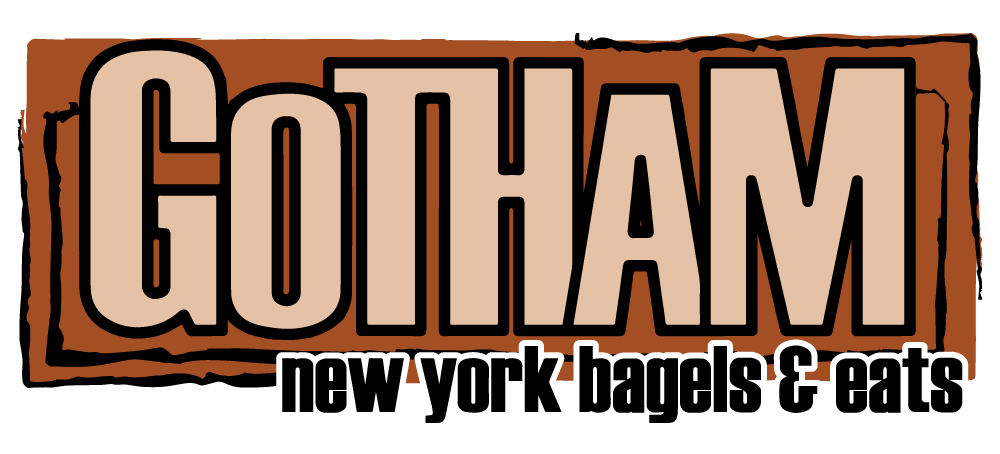The Art of the Sandwich
The sandwich. It’s an essential format. It’s a deeply-ingrained lunch concept. A staple food of this world. And it’s in constant evolution: over the centuries, it has radically changed with the times. Let’s meditate on what makes a great sandwich.
Gotham Bagels’ Chicago Creation of the Month: The Logan Square (prosciutto, basil cream cheese, red onion, garlic confit, heirloom tomato)
Who invented the sandwich?
The first written references to sandwiches are from the 18th century. But what really qualifies as a sandwich? As far as the combination of bread and toppings goes, the origin is much earlier—to illustrate, the pairing of matzah flatbread with lamb written about in ancient Babylonian Jewish texts could be called a sandwich of sorts. The use of bread to hold food was a common practice among many people in Europe during the Middle Ages as well. Officially, the sandwich got its iconic name from the Earl of Sandwich, an English aristocrat who lived in the 1700’s and wanted his cook to send his meat between slices of bread so his hands wouldn’t get dirty.
John Montagu, AKA the Fourth Earl of Sandwich (Source: Wikipedia)
The basics of sandwich design
There’s a few things to keep in mind when piling on sandwich ingredients. The sandwich as a unit adheres to the same culinary rules you find elsewhere in the kitchen—for example, pairing complementary textures in a pasta dish, or flavors in a salad. Although there are a few (insane) people out there who enjoy their sandwiches “dry,” the sauciness is an element that should not be overlooked when designing a sandwich. The basic formula is this: bread, spread, filling, garnish. But there are many ways to analyze sandwich construction further. British sandwich chef Max Halley has a whole book dedicated to the “six-point formula for a perfect sandwich,” which requires hot, cold, sweet, sour, crunchy, and soft elements. For example: hot beef, cold mayo, sweet relish, sour pickles, crunchy veggies, and soft egg.
An illustration from Max’s Sandwich Book (Source: Amazon)
Introducing… the bagel sandwich
In the beginning, the bagel was strictly stand-alone. As a cheap food sold on the streets of Poland, their small size and characteristic hole didn’t lend itself well to being a vessel for other things. But if we know anything from the doughnut burger or the peanut butter-bacon shake, Americans impulsively combine the foods they love. The bagel started to sub in for rolls and slices across the country as its popularity increased. The classic bodega bacon, egg, and cheese naturally got an upgrade, and bagels were the obvious choice for holding the fish and shmear from the Jewish delis and appetizing stores. Fast forward a few years, and bagel sandwiches dominate breakfast and lunch on-the-go. And for good reason!




